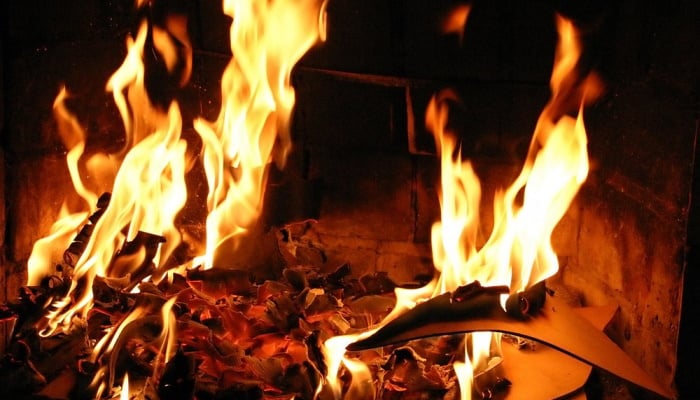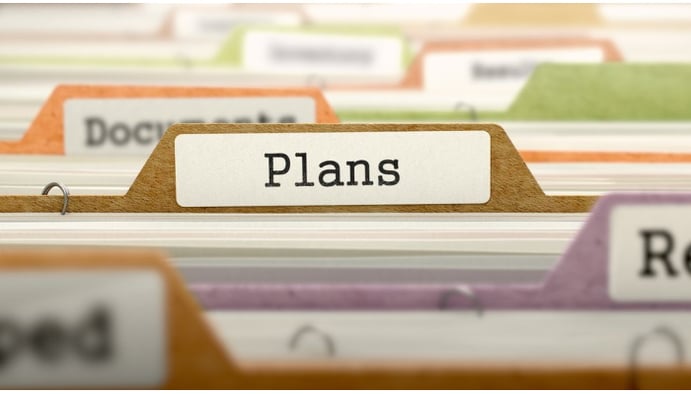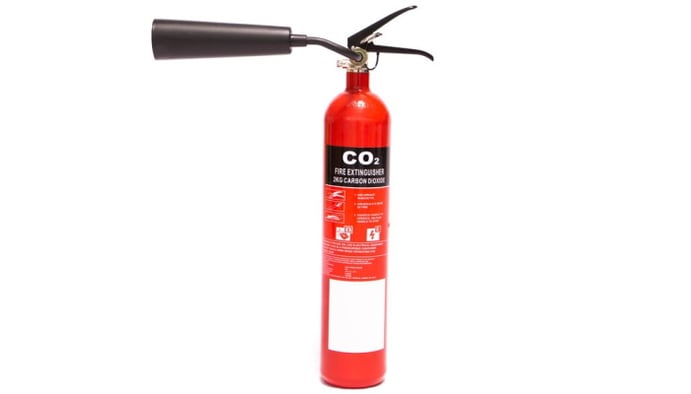1 min read
Better Health and Safety Training - It doesn't have to be boring
When you are in the online training 'biz', it is easy to get wrapped up in the platform and the material as the 'be all and end all' of great...

Of the many potential health and safety hazards, perhaps the most terrifying to contemplate are fire related. In particular, for office workers without heavy machinery to manage, forklifts to dodge, heights to scale or holes to fall into it's easy for complacency to set in and the very real danger that fire can present can be ignored. Despite this, fires are the most common cause of damage and death in any workplace.
Whether you're a business owner, landlord or employee it is in your best interest to ensure that your workplace is safe from fire related hazards. When developing an overall safety culture fire safety should be high on everyone's awareness. Matt Jones, Director from Advanced Safety believes that there are four stages of fire hazard management to consider: preparation, prevention, management, aftermath. Let's look at each in detail.

Fire safety preparation starts with developing a business safety checklist. This should be as comprehensive as possible including everything from business continuity to essential office equipment. In particular consider the following:
Fire drills in particular are worth expanding on. In many jurisdictions annual or bi-annual fire drills are mandatory. But, let's face it, the alarm goes and there's usually a collective groan because it's come right in the middle of an email or phone call. People then scan around to pick up personal valuables; cell phones, wallets and if it's close to lunch, car keys. People then meander outside to wait for the call "clear" or escape to the nearest coffee shop. In the meantime, the poor sod who's been designated fire warden checks and clears meeting rooms, staff rooms and bathroom's hoping and praying they don't have any awkward encounters along the way.
Fire drills are a key preparation to keep you and your peers safe in the event of this type of disaster. They are designed to teach what to do and what not to do under controlled conditions so that should you have an unexpected event, people don't die needlessly. When people panic, they stampede. When stampedes occur people get crushed to death. People panic when they don't know what to do. People don't know what to do when they don't prepare for things.
After each drill, gather management and employees together to evaluate the effectiveness of the drill. Identify the strengths and weaknesses of your plan and work to improve it. You should know of course whether your local fire codes and your insurance carrier require you to hold periodic fire drills but regardless, it's just good practice to ensure the safe evacuation of employees.
Fire drill objectives include:
These somewhat innocuous events are a good example of how developing a safety culture encompasses more than just checking-in with staff to see if there are any health and safety concerns.

While it's essential to be prepared in case the worst occurs and you suffer a fire, ideally you'll never have one. While there are occasions where a fire may occur outside of your control, for example spreading from a neighbouring property, you want to do your best to prevent a fire in the first place.
Prevention starts with identifying potential fire hazards in the workplace. This will of course differ from business to business. Common hazards to consider include:
A specialist service offered by some electricians is Thermal Imaging. This can be useful in pinpointing any underlying electrical problem inside walls or a switchboard and will pick up problems that can be unseen by the naked eye. This is particularly useful in older buildings, but should be considered for any building as part of routine maintenance every 12-24 months.
Any hazardous substances kept on site must be separated from any possible ignition source. There are three types of ignition sources that must be considered:
Of course it goes without saying that smoking in the workplace can be a significant risk if not contained in a safe zone away from areas of risk.

In the event that a fire starts on site understanding how best to manage the situation will ensure you and your colleagues are better able to deal with the emergency.
If a fire is spotted and an alarm hasn't been raised, the first thing to do is alert anyone in the vicinity. If the fire can't be quickly and easily be contained then you must call the fire service immediately and initiate your evacuation procedures. Typically you'll have 3 minutes to evacuate before a fire becomes unsurvivable. When in doubt, get out!
If there is smoke it will be hot and could be poisonous. Get on your hands and knees and crawl out fast.
Remember, get down, get low and get out!
If you can, close doors behind you to stop the fire spreading. If you can't get out of the room you're in, close the door and put a towel or cloth under it to stop smoke coming in.
Once you're outside of the building, stay out. Never go back inside. Follow the evacuation procedures you have learnt including letting the arriving fire fighters know if anybody is unaccounted for.
It is extremely important to be just as aware and safety conscious after a fire has stopped burning.
If you've been involved in a serious fire, it's important you do not enter the damaged premises unless you have to and an emergency services official has told you it's safe to go back in. In this case, it is good practice to be accompanied by an official.
They will check the water, electricity and gas supplies and either arrange to have them disconnected or let you know what to do next.
Once the site is deemed safe to enter you should do so only if absolutely necessary to try to find important items such as your:
A serious fire incident at your workplace may leave you injured, unemployed and in a difficult situation financially. Your personal insurance plan will therefore become very important if something bad does occur.
Fire safety planning and preparation should be a cornerstone of any workplace's health and safety culture. Make sure you're prepared just in case the worst happens.
Take a look at our Fire safety in the workplace course inside Intuto.

1 min read
When you are in the online training 'biz', it is easy to get wrapped up in the platform and the material as the 'be all and end all' of great...
Since the introduction of the Health and Safety at Work Act 2015, concerns have been raised that the emphasis on the punitive measures of the new...